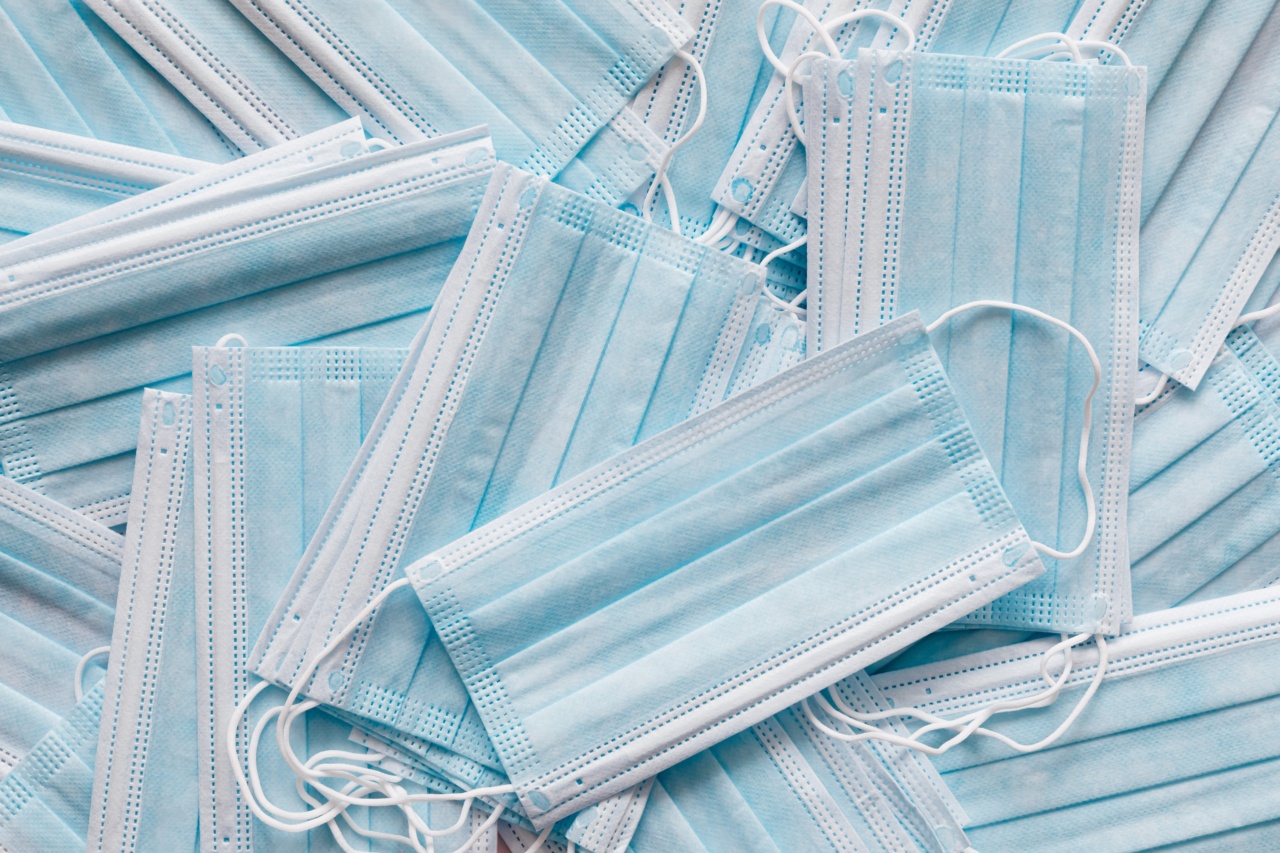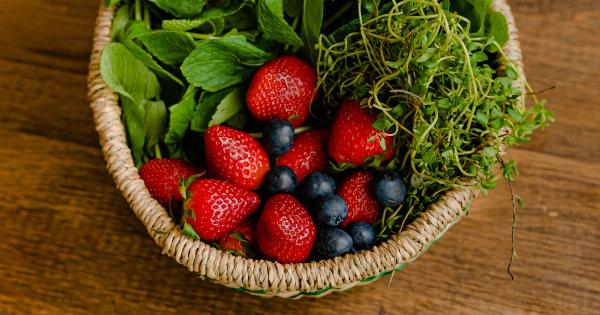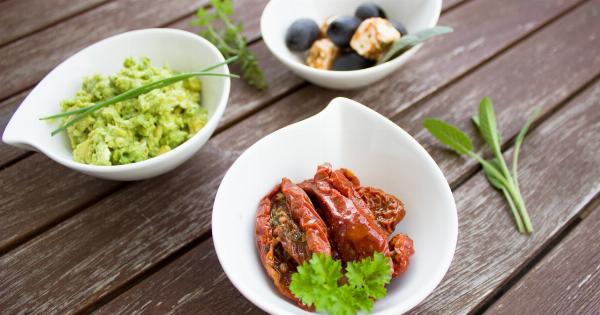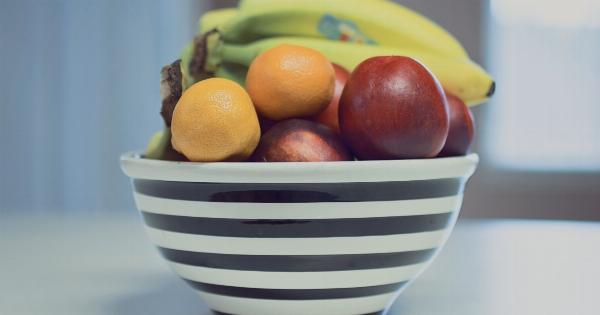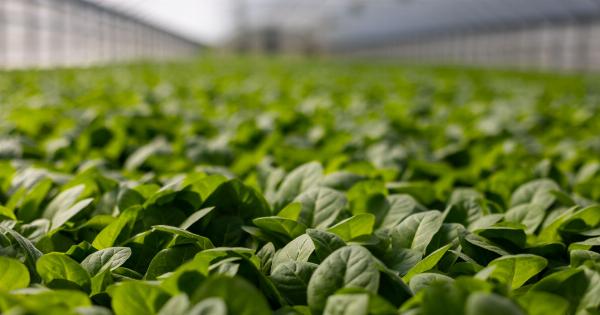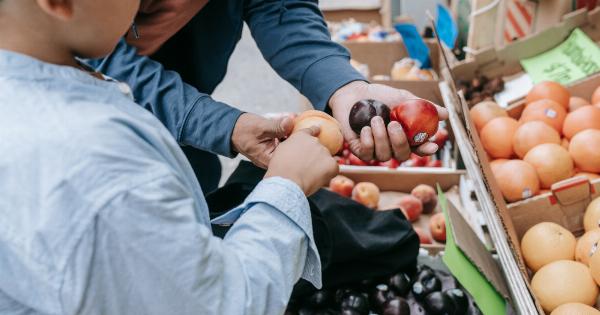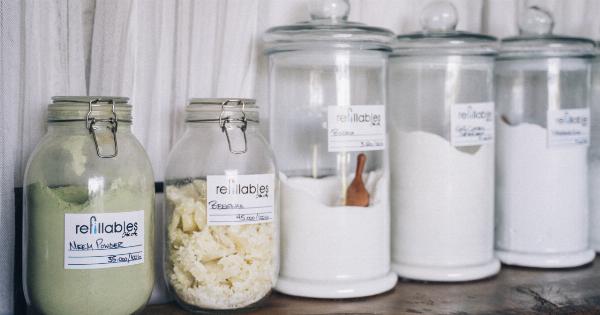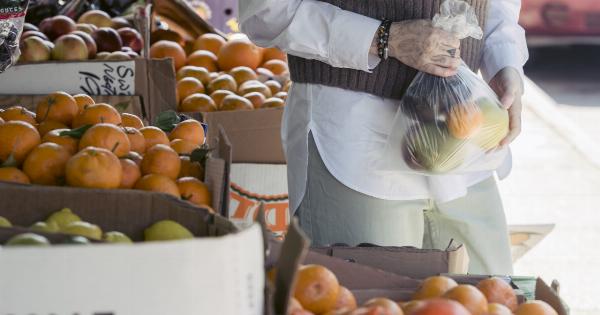Buying fresh fruits and vegetables is essential to maintaining a healthy diet.
But do you ever think about the pesticides and chemicals that may be lurking on those shiny apples or leafy greens? Pesticides are vital for commercial farming to keep pests and diseases away, but they can be dangerous to human health if consumed in high quantities. The good news is that it is possible to remove pesticides from your produce at home. Here are some tips to make sure that your fruits and vegetables are safe and sound.
Washing with Water
The simplest and easiest way to remove pesticides from your produce is by washing them with water. Use running water to rinse off all the visible dirt and debris from your fruits and vegetables.
Make sure to rinse every nook and cranny of the produce thoroughly to remove any remaining pesticides. Use a vegetable brush to scrub hard-skinned produce like potatoes and carrots.
It is important to note that washing with water alone doesn’t guarantee the complete removal of pesticides, especially if they are absorbed deep into the fruit or vegetable.
Vinegar and Water Solution
Vinegar is mildly acidic, making it an effective pesticide remover. To prepare a vinegar and water solution, mix one part of vinegar with three parts of water.
Soak your fruits or vegetables in this solution for about 15 to 20 minutes before washing them with water. The vinegar solution can also help to remove bacteria and fungus. However, vinegar solution can alter the taste and texture of some produce, so make sure to rinse well with water after soaking them in vinegar solution.
Baking Soda and Water Solution
Baking soda is another household ingredient that can be used to remove pesticides from your produce. To prepare a baking soda and water solution, mix one teaspoon of baking soda with two cups of water.
Soak your fruits or vegetables in this solution for about 15 minutes before washing them with water. Baking soda solution can also help to remove dirt and wax from the produce’s surface. However, like vinegar, baking soda may affect the taste and texture of some produce, so rinse well with water after soaking in the solution.
Commercial Produce Washes
Many commercial produce wash solutions are available in the market that claim to remove pesticides and other contaminants from your fruits and vegetables. These solutions may contain natural ingredients like citrus oils or synthetic detergents.
Follow the instructions provided by the manufacturer and make sure to rinse your produce with water after using the wash. Also, note that commercial washes may contain chemicals that may be considered harmful to some individuals. It is always good to check the ingredient list before using any commercial product.
Peeled Fruits and Vegetables
The skin of the produce is where most of the pesticides are found. Peeling the fruits and vegetables can significantly reduce the amount of pesticides you consume.
However, some nutrients like fibers, vitamins, and antioxidants are present in or just below the skin of the produce. So, if the produce is safe to consume with skin, it is better to consume it with skin to reap the maximum health benefits.
Organic Produce
Choosing organic produce is the best way to avoid pesticides. Organic farmers do not use synthetic pesticides, fertilizers, or genetically modified organisms.
They rely on natural methods like crop rotation and composting for maintaining soil health and preventing pests and diseases. Organic produce might be a bit expensive compared to regular ones, but their health benefits are worth the price tag.
Look for labels like “USDA certified organic” or “certified organic” to ensure that the produce is truly organic.
Growing Your Own Produce
Growing your own fruits and vegetables is the ultimate way to ensure that they are free from pesticides and other harmful chemicals. You don’t need a big garden or a lot of experience to grow some of your favorite produce.
Many plants like tomatoes, peppers, herbs, and lettuce can be grown in pots on your balcony or windowsill. There are many online resources and books available that can guide you through the process of successful urban gardening. Home-grown produce is fresh, healthy, and sustainable, making it an excellent choice for you and the environment.
Conclusion
Consuming fresh fruits and vegetables is essential for good health, but it is equally important to make sure that they are free from pesticides and other harmful chemicals.
Washing with water, vinegar, or baking soda solution, using commercial produce washes, peeling when possible, choosing organic produce, and growing your own produce are some effective ways to keep your food safe and sound. With these tips, you can have peace of mind knowing that you are doing everything possible to provide your family with healthy and pesticide-free produce.
